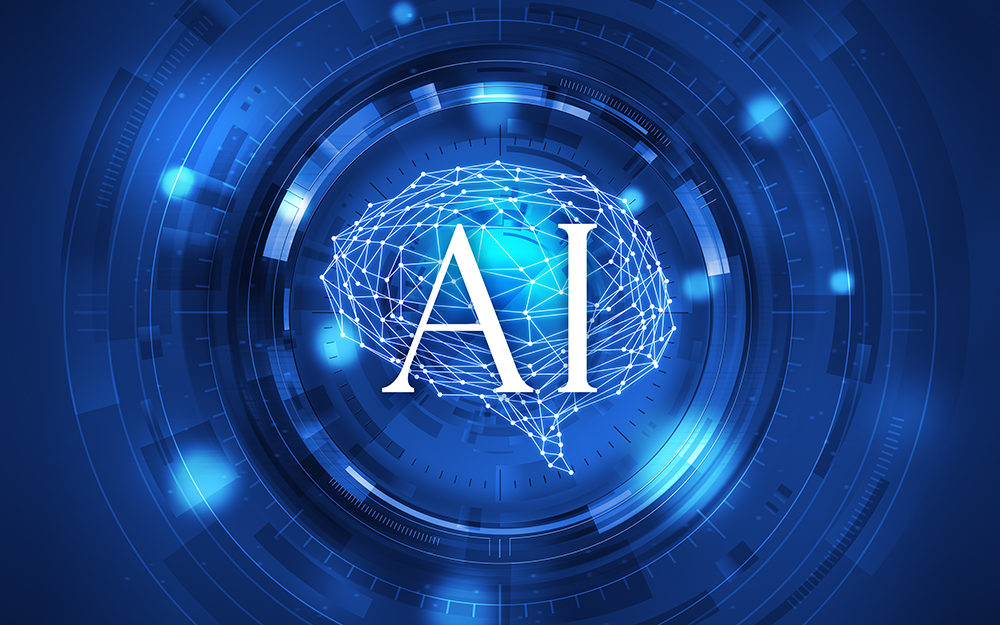By Jim Hilton, Director Global Manufacturing at Zebra Technologies.
Over the past few years the talk of how automation can change industrial operations has become more prevalent. Indeed, the headline-seekers out there might ask: will robots end up taking our jobs and what will happen to the human workforce?
Hyperbole aside, the rise of the robots in the form of artificial intelligence (AI) is certainly improving sectors such as manufacturing and transport and logistics (T&L). For example, robots can perform mundane, repetitive tasks without loss of concentration or risk of error. They might also be able to access hard to reach spaces and assess stock count with greater accuracy.
Couple this with the fact McKinsey predicts 800 million jobs could be lost by 2030, and you will understand why workers are feeling threatened by the future. This is just a hypothesis. In fact, across both manufacturing and transport and logistics T&L sectors, it’s obvious that automation will increase productivity, and the human touch will always be needed.
The human touch in manufacturing
With the advent of Manufacturing 4.0, comprising data capture and exchange by using technologies such as Industrial Internet of Things (IIoT), cloud computing and cognitive computing, the automated industry is changing for the better.
This new approach will enable executives to have complete visibility of operations and the ability to capture every process in the form of data. This information, ultimately analysed by humans, not machines, will make production more efficient and in turn drive cost savings.
The use of IIoT can also monitor the stock of raw materials in real time. This will enable staff to oversee and order new stock, leading to continuous productivity and avoiding a break in the chain when, say, a paint or car part is running low.
The automotive industry is a key sector in manufacturing to take advantage of automation to drive production. Working with Zebra Technologies’ solutions, Troy Design & Manufacturing (TDM), a Detroit-based metal stamping subsidiary of Ford Motor Company, needed an automated tracking system to monitor and guide each step of over 150 daily vehicle conversions at its Chicago-based modification centre.
TDM worked with Zebra partner, Lowry Solutions, to implement robust vehicle tracking by using Radio Frequency Identification (RFID) technology. Zebra fixed RFID readers and antennae were integrated and chosen because of Lowry’s relationship and familiarity with its products, plus Troy Design & Manufacturing had done extensive research and heard numerous industry recommendations favoring Zebra over its competitors.
The result was that automated work-flow enabled by RFID led to more precise visibility and data collection. This set a higher standard for facility efficiency and output. With its vehicle tracking infrastructure deployed, TDM found numerous advantages with RFID automation. Operators are now more focused on performing their tasks and their workflow is streamlined with less paper-based documentation and tracking duties.
Going forward, TDM hopes to become more innovative, especially with its implementation of RFID. With its abandonment of manual, paper-based tracking, over 90% of its operations are already automated, overseen by human eyes, resulting in improved productivity.
In summary, as highlighted by TDM, automation will drive better processes at every stage of manufacturing, but it remains fundamental that human interaction is essential to respond and make decisions on how data is best used for maximum efficiency.
The human touch in T&L
Automation has many clear benefits for T&L. In the warehouse, automation driven by mobile computers and scanners can ensure that the most up-to-date stock inventory is available for staff. This is important as consumers are now demanding within-the-hour delivery. Quite a challenge.
Inventory checks have become more efficient due to the use of mobile computers. The latest versions of this technology can scan bar codes up to 70 feet away, ensuring that human time, and energy, is spared to do more work in other areas of the warehouse.
The next stage after smooth warehouse operations is delivery logistics. Here, automation can help carriers of freight and parcels across ground and air to build a smarter, more connected distribution network, resulting in real-time informed decision-making that improves loading operations.
By capturing data such as load density and trailer capacity, organisations can now gain valuable insights into achieving peak levels of performance and profitability. During this process, human interaction monitors how full freight is and human thinking is needed to decide when the vehicles can leave to make vital deliveries.
This new level of intelligence planning is very important today, as logistics companies must keep up with the rise of the ‘on-demand economy’, driven by e-commerce and the expectation of instant delivery. This drives the desire for solutions that can further optimise speed, accuracy and efficiency of the loading process.
The future
Automation will bring many new exciting developments to manufacturing and T&L. As Manufacturing 4.0 arises, so too will Manufacturing 5.0, pushing IIoT to drive even more cost-efficient operations. Technology will drive visibility and data-capture to improve productivity.
There is naturally cause for some concern that humans could be replaced by machines, but it is also possible that automation can create new jobs. For example, as the use of drone technology increases in delivery of consumer goods, linking back to T&L, it’s feasible that we’ll see a rise in expert drone managers. It isn’t as far-fetched as it sounds.
Additionally, in the warehouse, if there is to be a rise in driverless forklift trucks, it’s very probable that those former drivers will be deployed in roles to monitor operations. Or better still, their human time can be spent doing more challenging problem-solving work within an organisation.
What is clear is that automation will need some form of human response or interaction to run smoothly. This will ultimately save some traditional roles and no doubt create new roles and drive redeployment where it is needed. We are approaching a brave new AI world, but there will always be demand to have a human mind at the centre of efficient operations.


